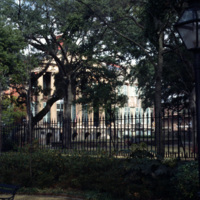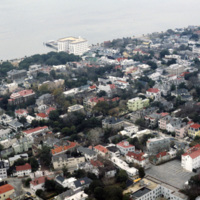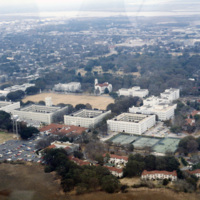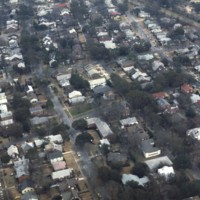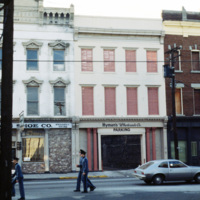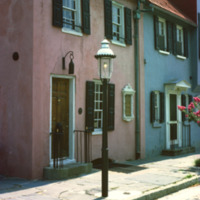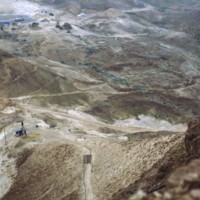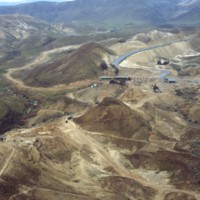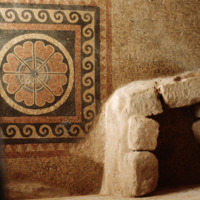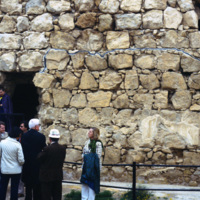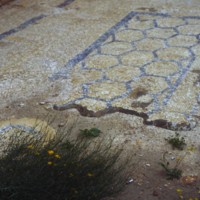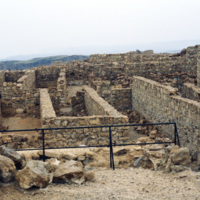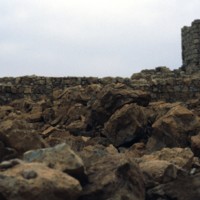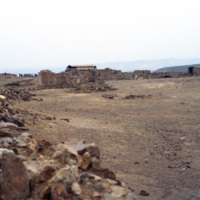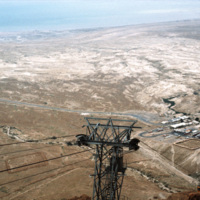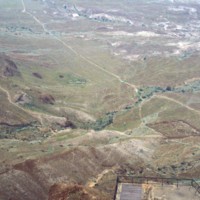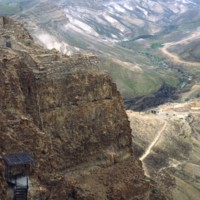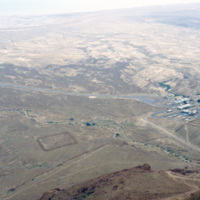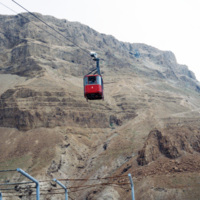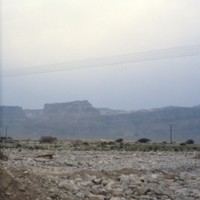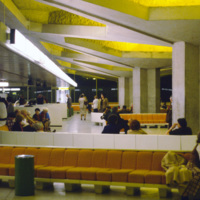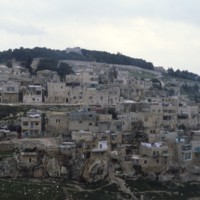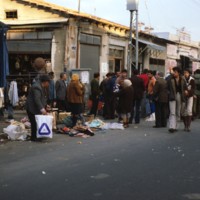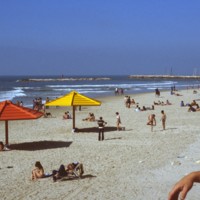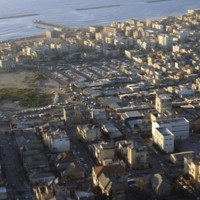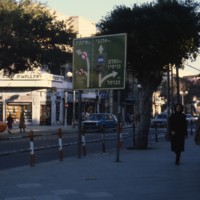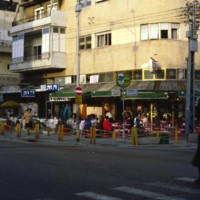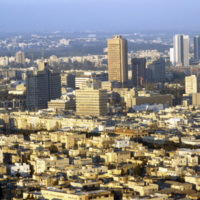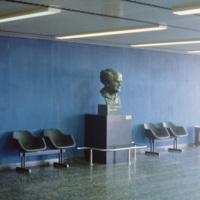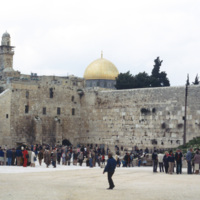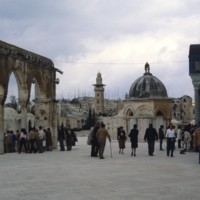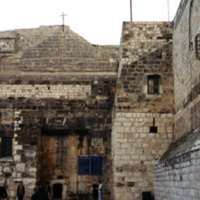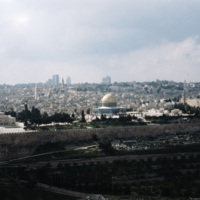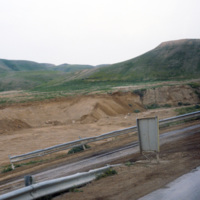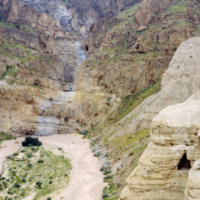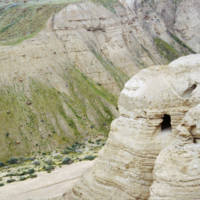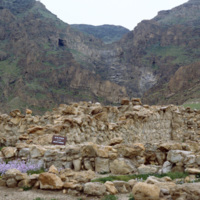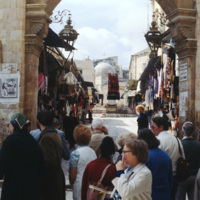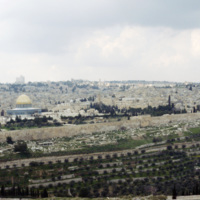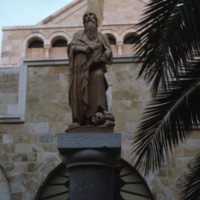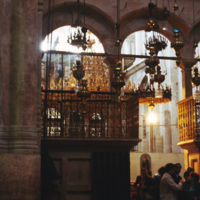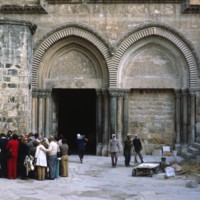Browse Items (1954 total)
Chaleston: Randolph Hall at College of Charleston
Charleston: Downtown, The Fort Sumter Hotel
Tags: aerial, Charleston, downtown, South Carolina
Charleston: Aerial View of “The Citadel: Military College of South Carolina”
Tags: aerial, architecture, modern, Romanesque
Charleston: Housing
Tags: aerial, Charleston, city planning, dwellings, South Carolina
Charleston: Hyman’s Wholesale Co. Parking Garage
Charleston: Pink House on Chalmers St
Tags: Charleston, dwellings, historic, Pink House, residential, South Carolina, taverns
Masada: Roman Road (2 of 2)
Tags: archeology, historic, religion
Massada: Roman Road (1 of 2)
Masada: Roman Style Tile & Bath
Tags: archeology, arts, bath house, Herod, historic, Masada, roman tiles
Masada: Tourists and Ruins
Tags: archeology, historic, King Herod, religion, tourism
Massada: Tiles in Herod’s Palace
Tags: archaeology, Herod, historic, Masada, religion
Masada: Ruins of Herod’s Palace
Masada: View from the top (2 of 2)
Masada: View from the top (1 of 2)
Masada: Natural Fortress, Ruins, Visitors
Masada: View Toward Dead Sea
Tags: landscape, Masada, the Dead Sea
Masada: Roman Siege Camp Ruins
Masada: Ruins, View From Top
Tags: King Herod, Masada, Roman Road, ruins
Masada: Roman Siege Camps
Tags: King Herod, Masada, Roman Siege Camps
Masada: Cable Car Access
Tags: archaeology, Dead Sea Scrolls, historic, Masada, religion, tourism
Masada
Tags: archaeology, Dead Sea Scrolls, historic, Masada, religion
Paris: Charles DeGaulle Airport
Tags: airports, Charles DeGaulle Airport, Paris, travel
Jerusalem: Western Wall
Jerusalem: Mount of Olives
Jaffa: Flea Market
Tags: crowds, flea market, Israel, Jaffa, pedestrian traffic, retail, street scene
Tel Aviv: Beach
Tags: beaches, coastline, crowds, Mediterranean Sea, Tel Aviv
Tel Aviv: Carmel Market
Tags: Carmel Market, Israel, markets, shopping centers, Tel Aviv
Tel Aviv: Allenby St. street signs
Tel Aviv: Dizengoff Center
Tags: architecture, International Style, malls, retail, shops, street scene
Tel Aviv: Dizengoff Street on the Shabbat
Tel Aviv: Coastline Hotels, Miami of the Middle East
Tags: aerial, beaches, cityscape, Israel, land use, recreation, Skyscraper, Tel Aviv, tourism
Tel Aviv: Former I.B.M Building, Cityscape (Weizmann Branch)
Tel Aviv: Beaches, Tourism
Tags: aerial, beaches, city planning, marina, tourism, waterfront
Tel Aviv: Bust of David Ben-Gurion in Airport
Jerusalem: The Wailing Wall at the Noble Sanctuary
Jerusalem: Dome of the Ascension & Archways on the Dome of the Rock Platform
Bethlehem : Church of the Nativity
Jerusalem: The Noble Sanctuary
Dead Sea: Sea Level Marker
Tags: roadside, sea level, the Dead Sea
Qumran: Caves where the Dead Sea Scrolls were Discovered
Tags: archaeology, Dead Sea Scrolls, historic, religion
Qumran: Location of Dead Sea Scrolls, Cave 4
Tags: archaeology, Dead Sea Scrolls, historic, religion
Qumran: Water Channel ad Cave Entrance, Dead Sea Scrolls Area
Tags: archaeology, Dead Sea scrolls., historic, religion
Jerusalem: Church of the Holy Sepulchre
Jerusalem: The Mount of Olives (Landscape)
Jerusalem: The Noble Sanctuary
Jerusalem: The Noble Sanctuary
Bethlehem: Statue of Saint Hieronymous (Jerome) at Church of St. Catherine of Alexandria
Tags: art, Bethlehem, religious architecture, Saint Jerome, sculpture
Jerusalem: South Wall
Tags: architecture, city walls, historical, old city
Jerusalem: Church of the Holy Sepulchre Interior
Tags: architecture, christian, historic, interior, religious buildings
Jerusalem: Church of the Holy Sepulchre (Detail)
Tags: architecture, christian, historic, religious buildings
